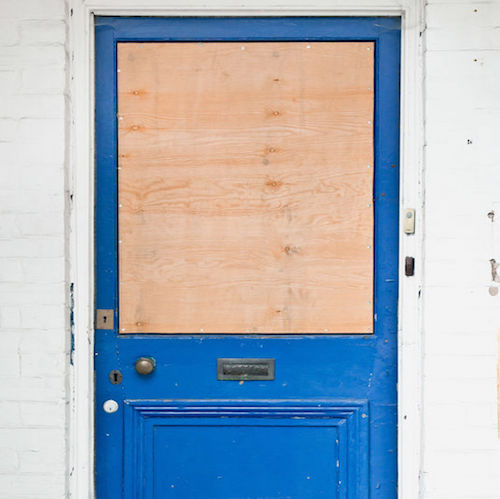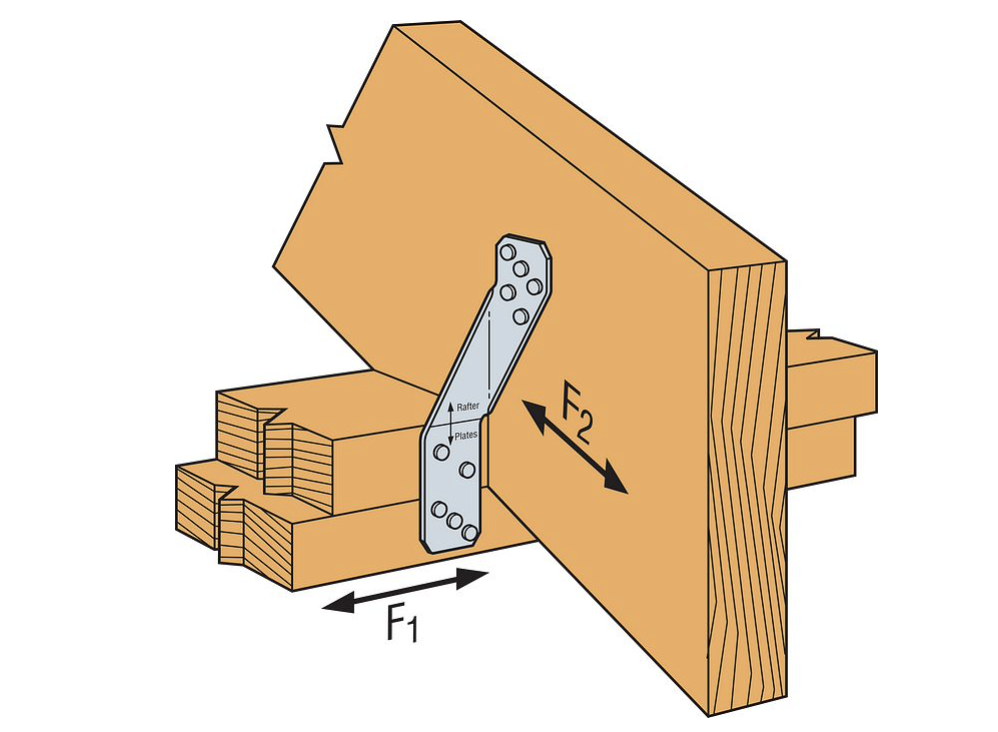
Hurricane preparedness is no joke here in hurricane country. Having just finished the storm clean up from Hurricane Matthew here in Orlando, my mind can’t help but focus on ways to keep us all safer. We dodged a bullet in Central Florida, but the coast and islands like the Bahamas and Haiti were not so fortunate.
There isn’t much you can do to a building to help it survive a direct hit from a Category 4 or 5 storm, but for the less intense Cat 1-3, there are definitely ways to protect yourself and your home from damage in the future.
This post may be coming a bit late to do much good for Matthew, but there will always be another storm, With this hurricane fresh on our minds, now is the best time to make those changes that you put off after the last storm.
Immediate Prep
When the storm is approaching, this should be your list of things to do in the week or days of an impending hurricane. Prep for the worst, but hope for the best.
Board Up Windows
A cheap temporary alternative to impact storm windows is simply boarding with plywood. You want to use 1/2″ plywood NOT OSB. OSB doesn’t not stand up to serious debris like plywood. 1/2″ plywood will stop a 2×4 traveling at 35 mph (standard speed for hurricane test labs). The 2×4 will go straight through the OSB and into your house.
If you can’t get plywood, then OSB is better than nothing, but try for the right stuff.
Cut to fit as best you can to cover the opening and screw in place using 1 1/2″ or longer screws for wood and 2″ or longer Tapcons or anchors for masonry buildings. Screw every 16-24″ for a secure hold.
Tip: When the local home stores are sold out with an approaching storm, try the local lumberyards. They almost always have more plywood because homeowners never think to go here.

Taping Window Glass
This is an old wive’s tale. Taping window glass does not do anything to keep you safe or to keep your windows from breaking. Don’t waste your time taping windows, it only makes a mess and doesn’t help.
Curtains & Towels
If all else fails and you haven’t been able to do anything to protect your windows, then the best thing you can do is to close your curtains or hang big towels on the inside of your windows.
If your glass should break during the storm, this will at least keep the glass from shattering into the room and injuring you. It helps to keep the broken glass contained in the vicinity of the window as much as possible.
Patio Furniture
Take all your patio furniture and either bring it inside, or if it is water proof, throw it in the pool to keep it from blowing around and becoming a projectile.
Food
Non-pershiable food is key here. Canned food and a hand crank can opener (sorry, the electric can opener may not be working!) is key. Anything that doesn’t need refrigeration or heating up is great!
Do you have a gas grill? Tie it down and make sure it is securely fastened. Now would be a good time to make sure you have ample propane as well. If the power goes out, you can still boil water and cook food on the grill if the storm hasn’t carried it away. But don’t cook indoors because of the smoke and risk of fire.
Water
Everyone rushes to the grocery store and cleans out the water shelves so if you’ve missed the rush and can’t find water, try searching the office supply stores, which usually have tons of bottled water.
Also, consider buying bottle and jugs and storing tap water that way. You may not have access to expensive spring water, but tap water will work just fine.
Sandbags
Yes, the coast has to deal with storm surge, but inland areas have to deal with localized flooding from the heavy rains associate with hurricanes too. If you live in a low lying area, then sandbags are absolutely your best defense.
Make sure you have enough sandbags to build up a hedge of protection around any openings. Doors with low thresholds, garage doors, basement doors, crawlspace vents. Do your best to keep these items protected against rising waters.
Evacuate or Not?
Storm surge is the ocean water that is pushed ashore and up rivers and streams from the massive power of these hurricanes. It is inevitable when a hurricane or tropical storm is nearby, so you need to know how to protect yourself against it.
This is not just high waves, it is an actual rise in the sea level from a couple inches to 10 or even 20 feet in the most extreme conditions. Add the high waves and rough surf to that and you have potential devastation.
There is little you can do to protect against big storm surges other than to evacuate the area. Listen to the authorities and follow any evacuations called for. Even of there isn’t a mandatory evacuation, consider leaving low lying areas to stay safe.
Longterm Prep
Once the storm has passed and everyone has stopped acting crazy, start thinking long term about getting your old house ready for the next storm, because there will be a next storm.
Impact Storm Windows
Instead of replacing your windows, install storm windows. The folks up north know this one well. You’ll rarely find exterior storm windows in the south because it just never gets cold enough to warrant the expense, but cold weather is not the only reason for storm windows.
My company and other window restorers can make traditional wood storm windows with laminated impact glass to not only protect your windows against flying debris, but make them more energy efficient.
Simply add these storm windows to your existing windows and you get double-paned efficiency and protection from that debris that too easily damages most everyone else’s windows.
Roof
More than any other element in your house, your roof protects you from storms. If the covering blows off, then everything else is quickly damaged. So, choosing the right roof covering is imperative to keeping your home safe.
Choosing the cheapest asphalt shingles to save a few bucks is not worth the money. The cost of shingles is so minimal compared to the labor to install them that you should always upgrade to the more expensive, wind-rated shingles.
Most of the major manufacturers now offer asphalt shingles rated for 135 mph winds and some even offer shingles that will withstand 150 mph winds!
The next time your home is due for a re-roof, step up and get the best shingles you can and you’ll sleep better at night.
Install Hurricane Straps

The Simpson company makes metal straps that can be retrofit to the framing on almost any house with attic access. These straps greatly increase the holding power of your rafters and help keep the roof structure tied down to the rest of the structure so the roof doesn’t blow away.
Retrofitting these straps is an easy project for any contractor who knows the building code and is willing. In addition to the peace of mind it provides, almost every homeowner’s insurance agency will give a significant discount to your policy for this add on. The project usually pays for itself in less than 5 years!
Final Thoughts
Hurricane preparedness should not be something we do at the last minute when supplies and options are low. Take the initiative and have your storm plan in place. Sandbags at the ready, storm windows installed, and roof adequately prepared.
Then you just have to worry about whether you’ll have enough peanut butter and jelly to last until the lights come back on.

Founder & Editor-in-Chief
I love old houses, working with my hands, and teaching others the excitment of doing it yourself! Everything is teachable if you only give it the chance.


Thanks for sharing! As for hurricane straps, we had these installed in our Galveston house by a contractor last year and alas, my insurance agent said, “Good job!” but none of his house or wind storm carriers offered discounts.
I added some screws to hold down some aluminum siding cladding replacing some small 1″ nails with #12 1 3/4″ with 5/8″ washers. Should help permanently.
Good luck
Living in inland Florida:
Every time a hurricane comes through I tell myself that my house has survived every hurricane since 1881, so it ought to handle one more .
Not that we don’t take appropriate precautions, but it’s a comfort to know this.
Can a homeowner install hurricane straps?
You can, but you need to have know the local building codes to use the correct correct strap, put it in the proper location, and use the proper size nails.
Great advice Scott! Thanks.